
A newly spotlighted fault system in Missouri, Arkansas, and Tennessee has geologists raising eyebrows, and not in a good way. This is the New Madrid Seismic Zone, and it’s been described as a ticking time bomb beneath America’s heartland.
Unlike California’s famous faults, this one lies under regions not built for earthquakes. That’s what makes it dangerous. With soft soil that can amplify tremors and old infrastructure, the risk isn’t just seismic, it’s systemic.
It’s not a matter of if, but when. Scientists warn this quiet zone could produce a massive quake affecting millions. Here’s why it deserves serious attention.
The New Madrid Seismic Zone Explained

The New Madrid Seismic Zone (NMSZ) stretches across southeastern Missouri, northeastern Arkansas, and western Tennessee. It’s responsible for some of the most powerful quakes in U.S. history, most notably the 1811–1812 sequence that literally made the Mississippi River flow backward.
This isn’t a single fault, but a cluster of fractures buried beneath thick sediment. It produces hundreds of small tremors each year, many too subtle to feel, but the energy is building.
Because of its location, shaking from a major quake here could spread much farther than it would in the West, impacting cities across multiple states.
Scientists Say the Risk Is Real

According to the U.S. Geological Survey, there’s a 25–40% chance of a magnitude 6.0 or greater earthquake in the NMSZ within the next 50 years. That may not sound immediate, but for seismologists, it’s a flashing red light.
A quake of that size, or worse, would have wide-reaching consequences. And since this zone sits beneath relatively unprepared cities like Memphis and St. Louis, the damage could be catastrophic.
The real worry? People don’t take it seriously. Earthquakes aren’t a top concern in the Midwest, but experts say they absolutely should be.
What a Megaquake Could Actually Do
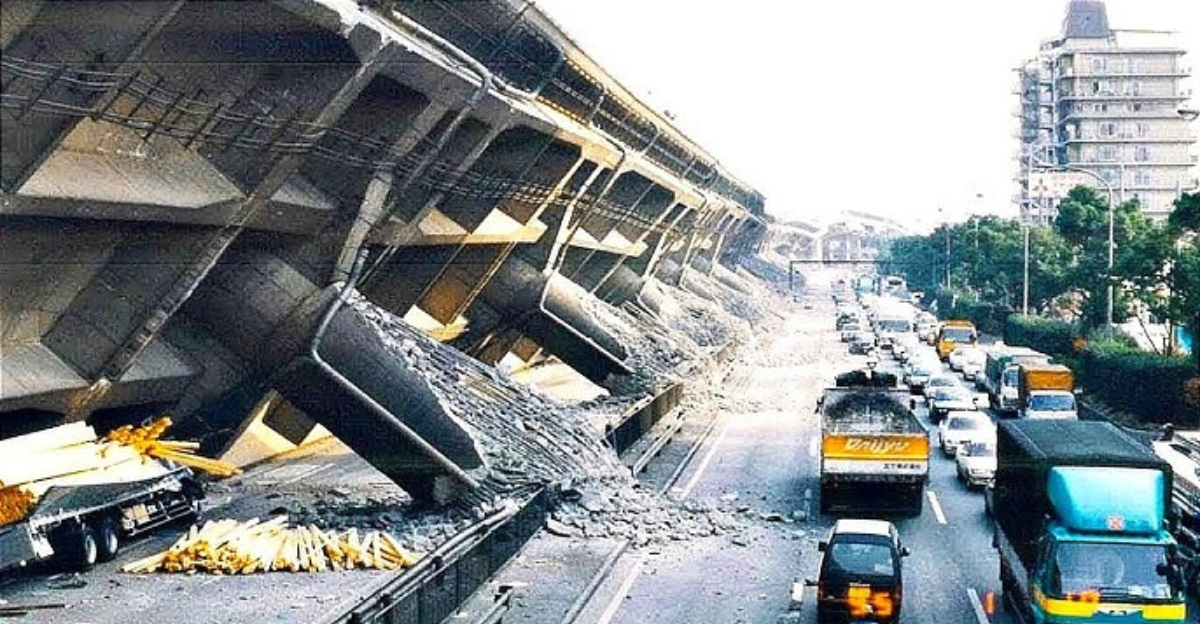
A major quake here wouldn’t just crack sidewalks. It could bring down bridges, rupture pipelines, knock out power grids, and render highways unusable for weeks.
Federal modeling suggests that a magnitude 7.7 quake could cause $300 billion in damages and displace more than 700,000 people. That’s before you factor in the secondary effects, fires, gas leaks, water shortages, and economic disruption.
And because much of the region’s infrastructure wasn’t designed with seismic resistance in mind, buildings could collapse more easily than in quake-prone places like California.
Why the Midwest Is So Vulnerable
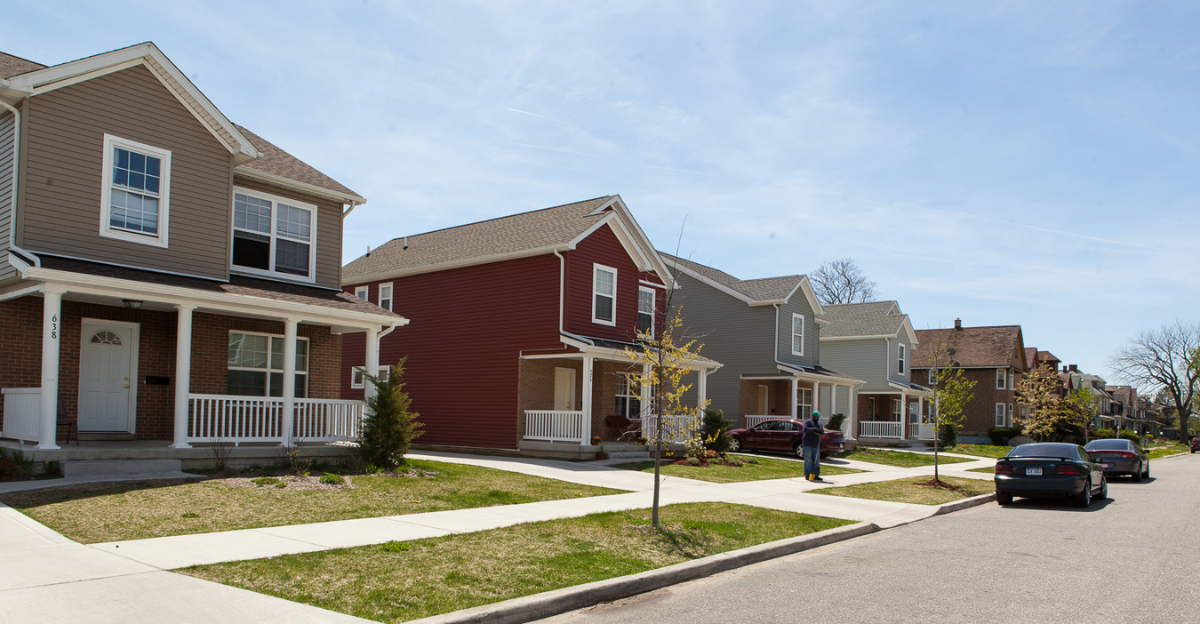
Soft, sandy soils in the NMSZ area don’t absorb shockwaves, they amplify them. That means tremors here can be felt hundreds of miles away, reaching places like Chicago and even parts of the East Coast.
And then there’s the construction. Homes, schools, and hospitals in the Midwest typically aren’t built to sway like they are in Los Angeles. That makes them more likely to crack or crumble.
All of this combines into a perfect storm of vulnerability. It’s not about panic, it’s about preparation, especially when experts say this fault isn’t done moving.
How Prepared Are We? Not Very
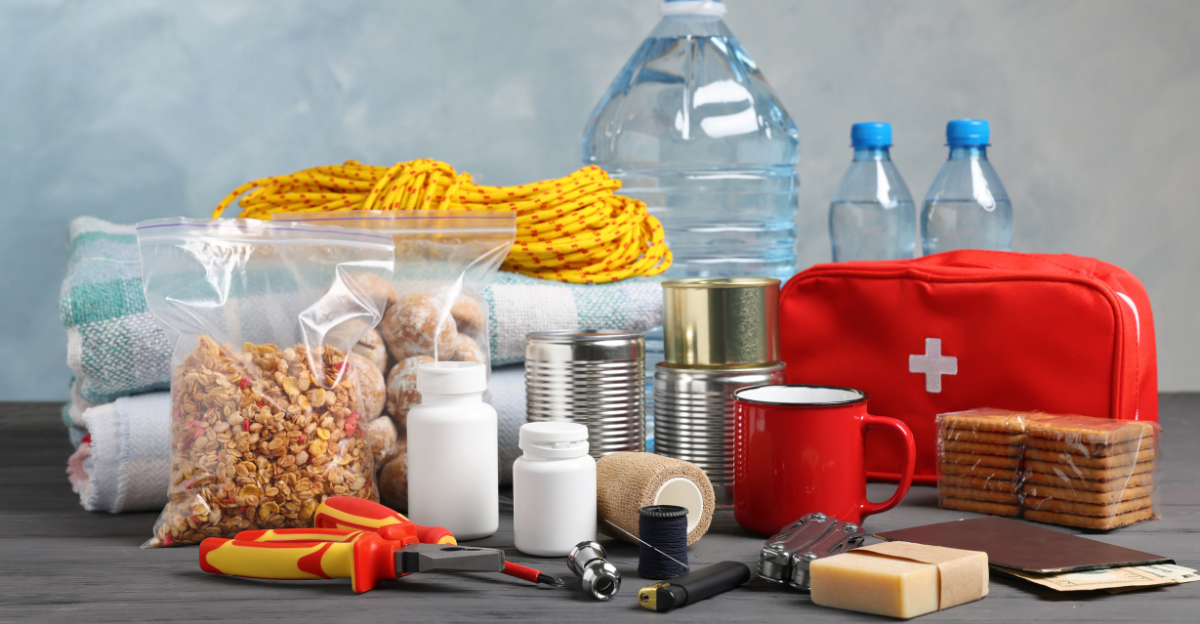
Despite the science, earthquake preparedness in the central U.S. is sorely lacking. Most residents don’t have emergency kits. Many local governments don’t enforce earthquake-resistant building codes. And drills? Rare to nonexistent.
Meanwhile, the Central U.S. Earthquake Consortium and FEMA have been quietly urging officials to plan. Some communities are listening, but widespread awareness is still limited.
In short: the risk is well-documented, but action hasn’t caught up. That’s a problem, because when a big one hits, seconds matter, and right now, many places are seconds behind.
What You Can Do Right Now
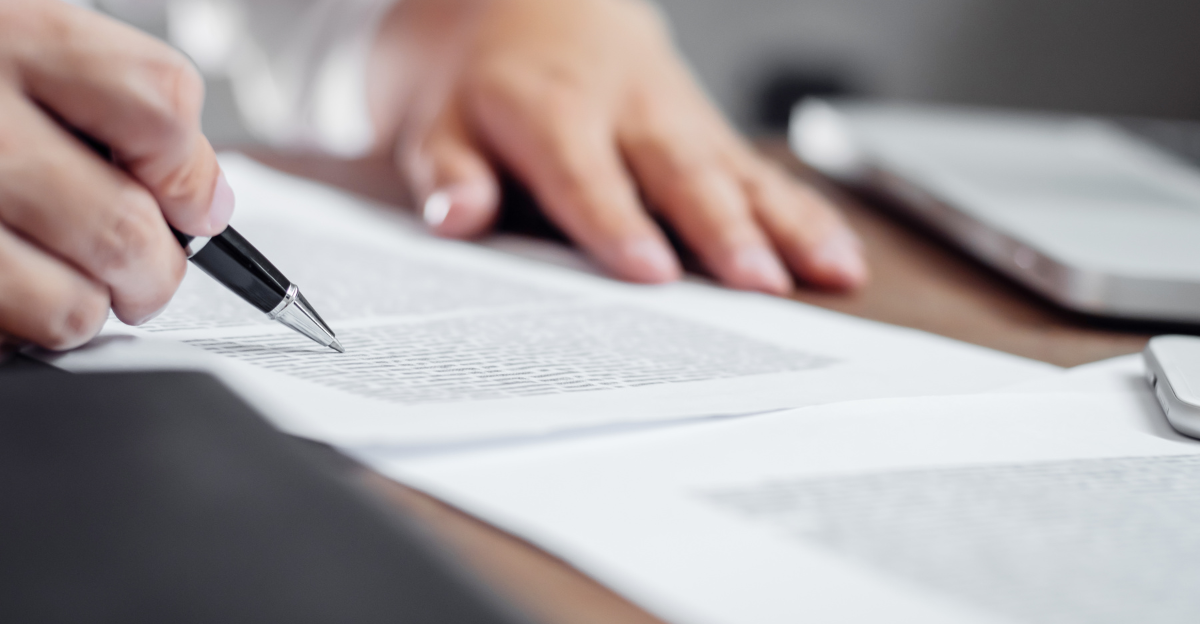
You don’t need to live on a coast to prep for a quake. Start by anchoring heavy furniture, checking gas and water shutoff points, and building a 72-hour emergency kit.
Talk to your family about what to do if the ground starts shaking. Do you know where to take cover? Do your kids?
Also, check your insurance, many standard homeowners’ policies don’t cover earthquake damage. A few small steps now can save you serious stress later. Earthquakes don’t give notice, but they do give us time to prepare. Use it.
The Bigger Picture for U.S. Readiness
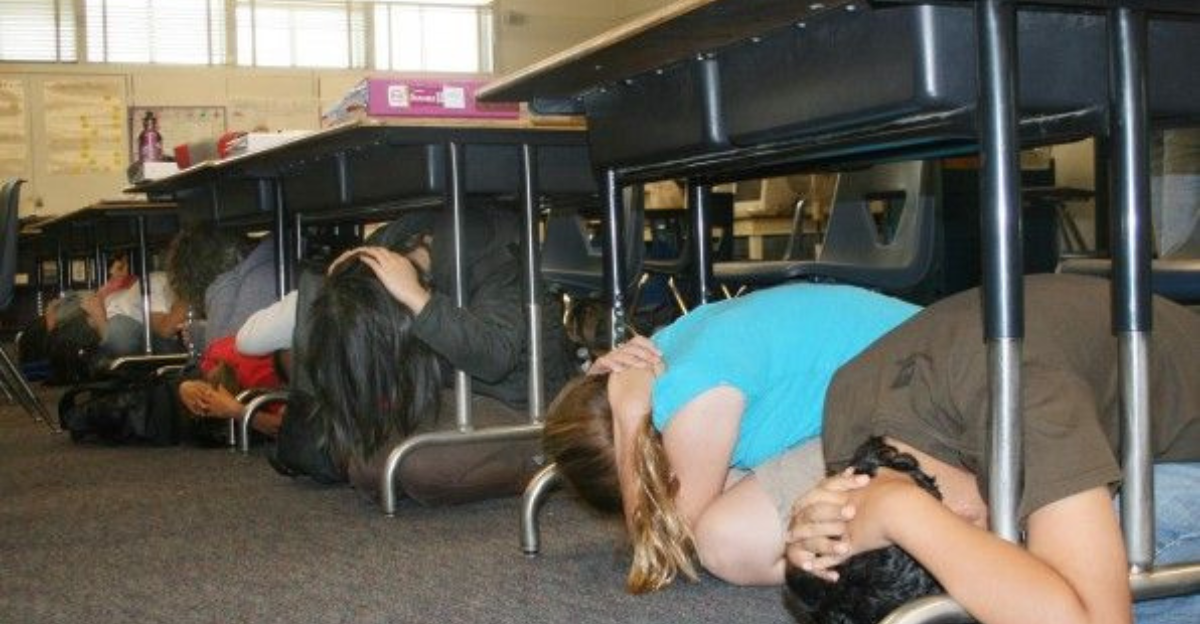
The discovery, or rather, growing attention to, the NMSZ has broader implications for how we prepare nationwide. It proves that quakes aren’t just a West Coast issue. They’re a continental concern.
As climate events and natural disasters intensify, it’s crucial that infrastructure, emergency services, and public policy evolve too. That includes funding, building codes, and public education.
The question isn’t whether another big quake will hit, it’s whether we’ll be ready when it does. The NMSZ is our wake-up call. Ignoring it could cost lives.
Scientists Sound the Alarm, But Are We Listening?
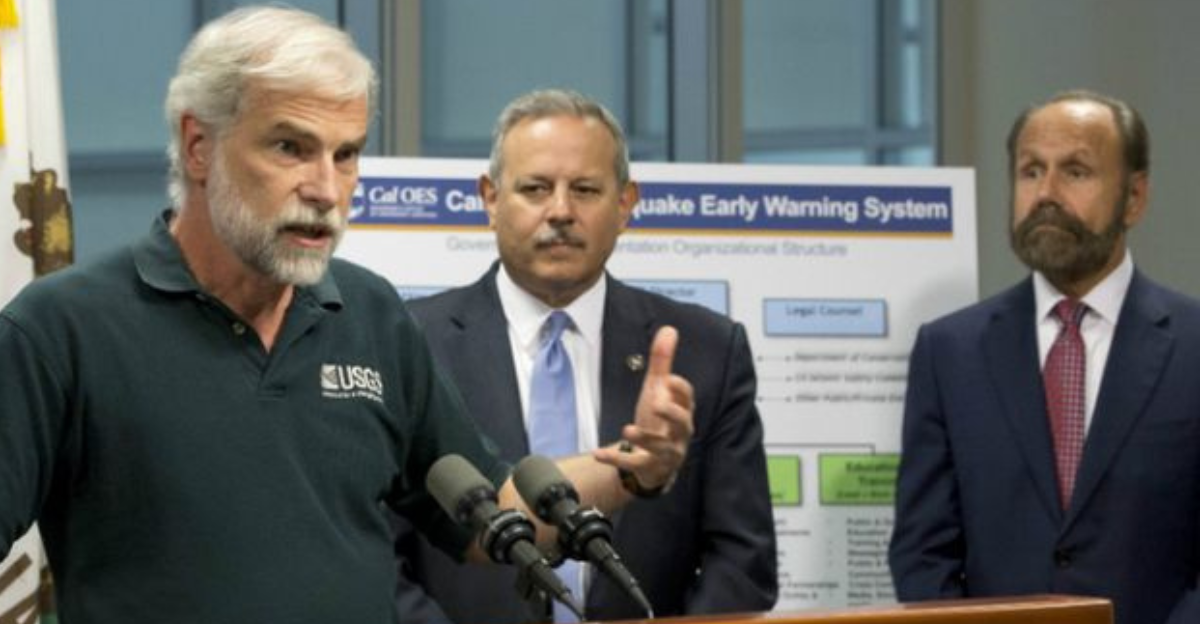
Seismologists have been warning about the NMSZ for decades. But unlike hurricanes or floods, earthquakes don’t have seasons. They strike without warning, which makes them easy to ignore until it’s too late.
This “invisible” risk is exactly what makes the zone so dangerous. It’s not about fearmongering, it’s about being realistic. Preparedness isn’t paranoia; it’s common sense.
Scientists have done their part. The data is out there. Now it’s on communities, governments, and individuals to take that data seriously and act accordingly.
The Time to Prepare Is Now
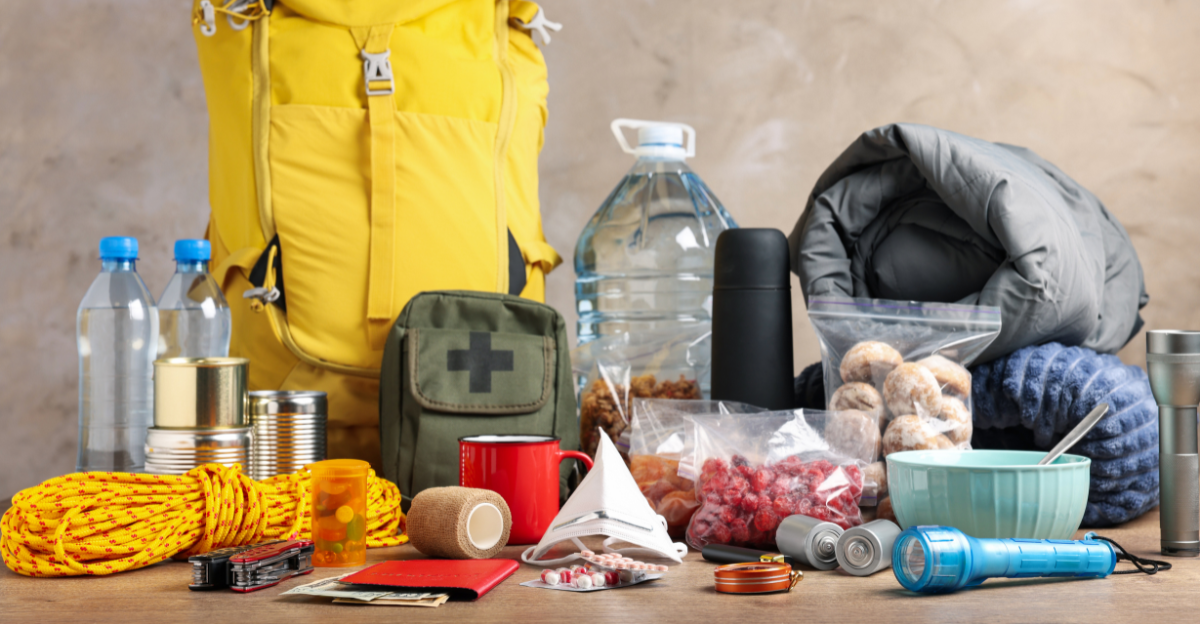
You can’t stop a fault line from shifting, but you can control how ready you are when it does. The New Madrid Seismic Zone may not be as famous as San Andreas, but its impact could be just as devastating, if not worse.
Preparation isn’t dramatic. It’s smart. Start small, stay informed, and treat this risk like the real, documented threat that it is.
Because the ground won’t shake on your schedule, but when it does, you’ll be glad you were ready.
Explore more of our trending stories and hit Follow to keep them coming to your feed!

Don’t miss out on more stories like this! Hit the Follow button at the top of this article to stay updated with the latest news. Share your thoughts in the comments—we’d love to hear from you!







